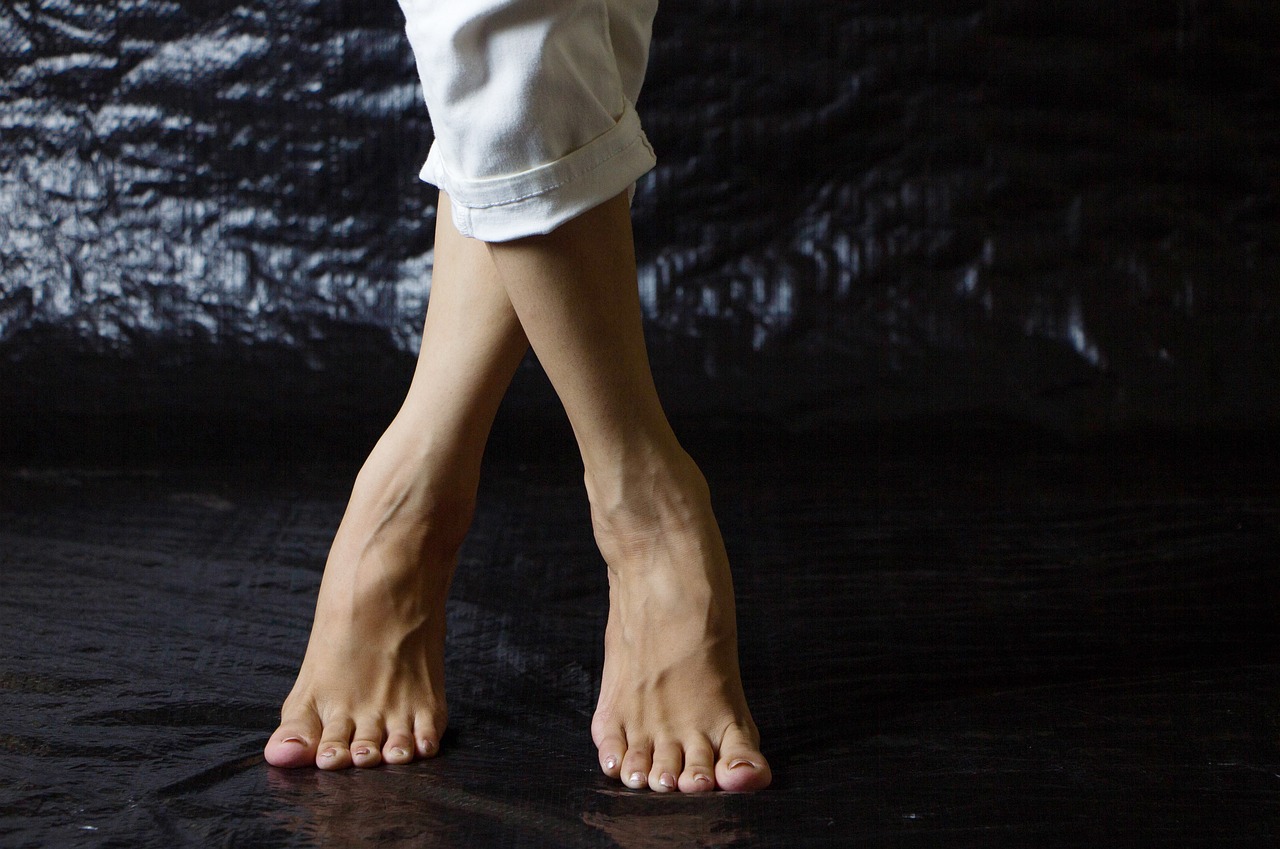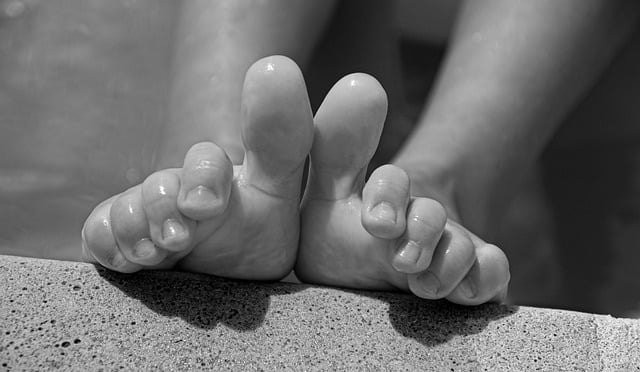Your feet can reveal a lot about your overall health. Changes in their appearance, temperature, or sensation might be early warnings of underlying health problems. Paying attention to these signs could help detect issues before they become serious.
Constantly cold feet could be a sign of poor circulation, often linked to heart disease, smoking, or high blood pressure. In some cases, diabetes-related nerve damage might also be the cause. If your feet are always freezing, it’s worth discussing with a doctor to rule out any hidden health concerns.
Foot pain that won’t go away might indicate stress fractures or weak bones due to osteoporosis. High-impact activities like running and jumping increase the risk of tiny fractures in the feet. Ignoring the pain can lead to complications, so it’s best to get it evaluated before it worsens.

Swollen feet can happen due to prolonged standing or pregnancy, but persistent swelling might indicate kidney issues, poor circulation, or thyroid problems. If your feet remain swollen without a clear reason, a doctor can help identify the cause and suggest treatment.
A burning sensation in your feet might be linked to nerve damage, commonly associated with diabetes. However, it can also result from a vitamin B deficiency, kidney disease, or circulation problems. Identifying the cause early can help manage the discomfort effectively.
Dark patches or spots on your feet, especially under the nails, could be signs of skin cancer. Melanoma can develop in areas that don’t get much sun exposure, making it important to check your feet regularly. If you notice any unusual discoloration, a quick visit to a doctor can provide peace of mind.
Yellowing toenails are often caused by a fungal infection, but they can also signal more serious conditions like lymphedema, lung disease, or psoriasis. If the discoloration persists despite treatment, further medical evaluation may be necessary.
Foot ulcers that take too long to heal might be an early warning sign of diabetes. Poor circulation and nerve damage make it harder for wounds to recover, increasing the risk of infection. If you have a sore that won’t heal, seeking medical attention is crucial to prevent complications.
If your big toe moves upward when the bottom of your foot is touched, it could indicate a neurological condition. Known as the Babinski sign, this reflex is normal in infants but concerning in adults, as it may suggest stroke or multiple sclerosis. A neurological exam can help determine the cause.
Curled or claw-like toes can result from nerve damage due to diabetes or excessive alcohol use. If left untreated, the condition may become permanent and require surgical correction. Seeking medical advice early can help manage symptoms and prevent further problems.
If your toes change color from white to blue to red, you might have Raynaud’s disease. This condition affects circulation and is often triggered by cold temperatures or stress. It can also be linked to autoimmune diseases like lupus or rheumatoid arthritis. If you frequently experience this, consulting a doctor can help with symptom management.
Your feet can give you valuable insights into your health. By recognizing these early warning signs, you can take action before small issues turn into major health concerns. Keeping an eye on changes and seeking timely medical care can make a big difference in overall well-being.


